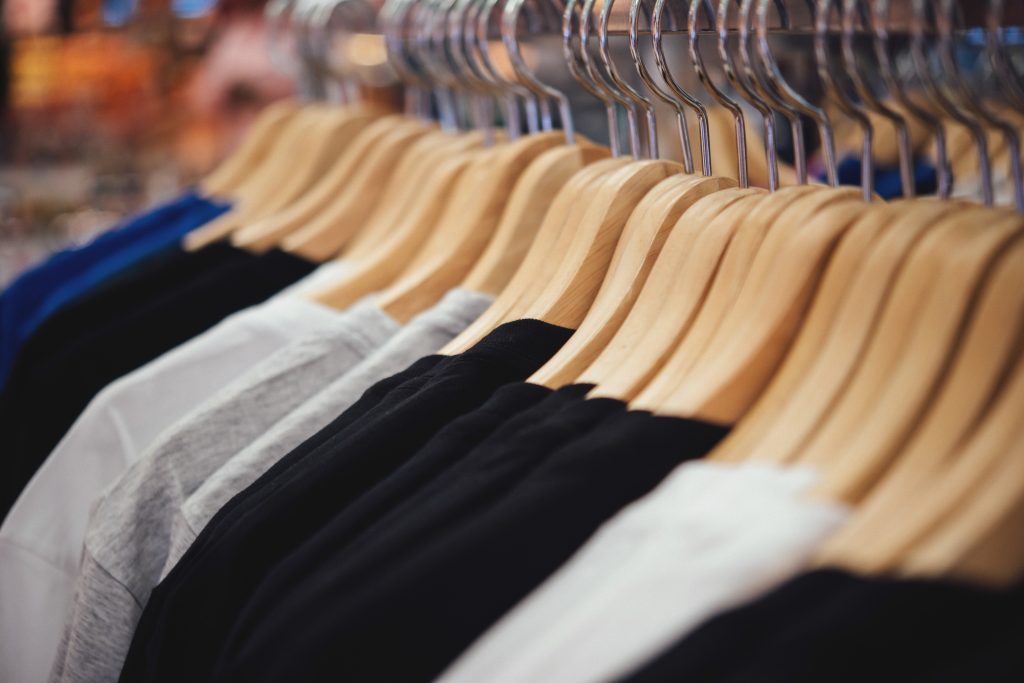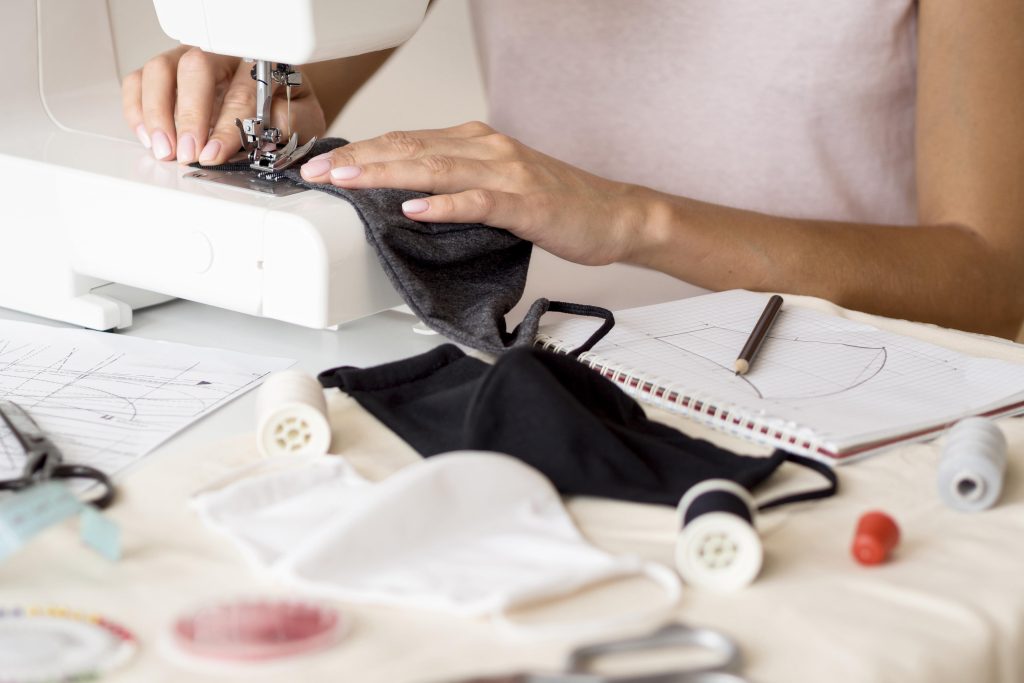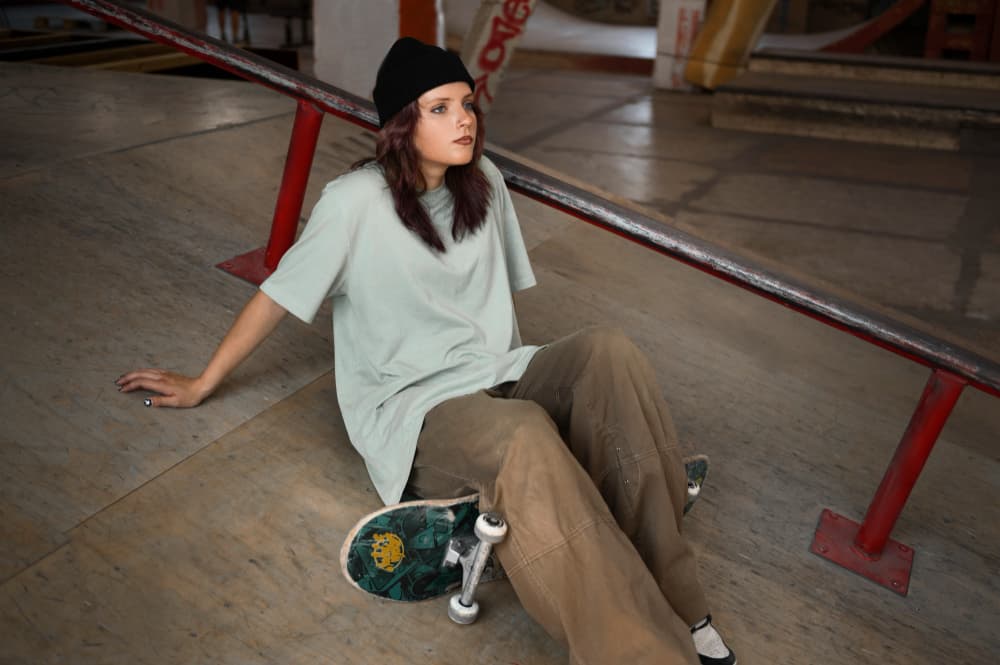World Class Textile Producer with Impeccable Quality

World Class Textile Producer with Impeccable Quality

This blog will reveal t-shirt manufacturing, from design conception and material selection to the complete production process of production technology. In this blog, you can learn how to turn an idea into reality, the advantages and disadvantages of different common t-shirt fabrics, and the various aspects of the production process.
Good t-shirt ideas and designs are the core of t-shirt manufacturing and the bridge connecting brands and consumers. This blog explores the brand’s successful creative designs and culture, helping you understand market trends. With these insights, you can create trendy, unique t-shirts that reflect your creativity.
First of all, whether you are a manufacturer or a designer, it is very important to keep a close eye on fashion, such as trendy colors, styles, and patterns, and get the latest trend information through the following channels: fashion magazines, social media, fashion weeks, etc.
Creativity comes from life. In addition to focusing on the field of fashion, it is also good to focus on art, music, movies, and other literary elements. If you can incorporate classical art into your t-shirt design, it can also enhance the uniqueness and maybe even trigger the emotional resonance of consumers.
If you're more of a fan of green, recycled fabrics, this is also a great option. One brand has made a name for itself for this reason, as you'll find out below.
When designing, you can use professional design software, such as Adobe Illustrator, Photoshop, and other software, which can help you more professionally and efficiently visualize your ideas. In addition, the combination of hand drawing and design software is also a good method. Hand drawing has a unique romantic appeal, perhaps more so that consumers can appreciate the designer's heart.
When it comes to eco-friendly brands, Patagonia is the first one that comes to mind, and this globally recognized outdoor brand has always been committed to using sustainable materials and putting eco-friendly concepts into its products. Combined with a simple and generous design, it has successfully attracted environmentally conscious consumers and communicated its brand values well.
Similar brands include Supreme, which embraces street culture with bold logos, strategic collaborations, and limited-edition releases to strengthen its brand identity. Another example is Uniqlo’s UT series, which has won widespread consumer favor by partnering with artists and anime franchises to infuse youth pop culture into t-shirt designs through t-shirt manufacturing.
These brands are great examples of combining brand stories, cultural elements, and unique designs, not only playing the role of great designers but also great t-shirt manufacturers.

When it comes to t-shirt manufacturing, it's important to mention the fabric choice for t-shirts. The choice of fabric affects the comfort, cost, and even environmental performance of a garment. However, there is a wide range of fabrics available, each with its advantages and disadvantages, which affect the brand positioning, target market, and budget of designers and manufacturers.
Below, you will learn about a few common fabrics and their properties to help you design better and keep your budget in check.
Advantages: Comfort, moisture absorption, environmental protection. Cotton fabrics are soft and skin-friendly, breathable and suitable for daily wear; cotton is a natural fiber that can biodegrade.
Disadvantages: Cotton fabric wrinkles easily, so you’ll need to iron it after folding and storing. It may shrink in the wash. Compared to blended fabric, cotton tends to show signs of wear faster with regular use.
Advantages: After adding polyester fiber, the fabric becomes more wear-resistant and wrinkle-resistant. Blended fabrics are usually more cost-effective than cotton fabrics and are suitable for mass production. They are not easy to shrink and can maintain a stable shape after washing.
Disadvantages: Compared to cotton fabrics, blended fabrics are slightly less breathable. Polyester fibers are synthetic materials that are more difficult to degrade than other natural materials.
Advantages: Organic cotton grows without pesticides, whereas recycled polyester comes from repurposed plastic bottles. Both fabrics can reduce resource waste and environmental pollution; eco-friendly materials are in line with the trend of sustainable development, which can attract environmentally conscious consumers.
Disadvantages: Because organic cotton and recycled polyester are more expensive to process, it may lead to a rise in the final cost of t-shirt manufacturing.
Target Market: If you want to have a market after t-shirt manufacturing, research is essential. You need to know more about your target group. For example, if younger people are more likely to play outdoor sports, then breathable, sweat-wicking fabrics are the way to go.
Cost Control: Want great-quality t-shirts without breaking the bank? Blended fabrics give you the best of both worlds.
Environmental Objective: The concept of sustainability is hot in the current social trends. Organic cotton and recycled polyester help reduce waste and keep production sustainable.

T-shirt manufacturing is a complete process from creative design to manufacturing a finished product. To improve efficiency, it requires the cooperation and co-optimization of multiple processes. The following is a brief overview of the t-shirt manufacturing process:
Cutting is the first step in t-shirt manufacturing. Follow the t-shirt design drawings to cut the fabric into precise pattern pieces, including front and back panels, sleeves, and any other components, matching all specified dimensions.
Good cutting can enhance the texture of the garment, and the use of automated cutting can improve accuracy, reduce manual errors, and avoid fabric waste.
Once the cutting is done, it's time to sew. The basic outline of the t-shirt is sewn through the sewing machine by sewing the cut pieces together.
The sewing process requires attention to the even placement of the stitches and also to the firmness of the stitches to ensure that the seams of the fabric pieces do not split. The use of automated sewing equipment can help improve the efficiency of t-shirt manufacturing.
Once the sewing is done, you have to start post-finishing. Excess threads need to be trimmed and the t-shirt ironed to set the shape. This part of the process ensures that the finished product is clean and accurate in size. It ensures that the t-shirt meets quality standards.
After completing the assembly and finishing the t-shirt, quality inspection must be carried out. Strict quality inspection is the key to ensuring t-shirt manufacturing. Quality checks happen at every stage. From storing fabrics to finished shirts, we inspect materials, sewing, and all production steps. The best combination of manual and automated machinery is to ensure that every t-shirt meets the standard.
After a few processes, I believe you have a better understanding of t-shirt manufacturing. From design to fabric selection to the final t-shirt manufacturing, every step is crucial. If you want to create your unique t-shirt, I hope this blog can provide you with some reference and inspiration!